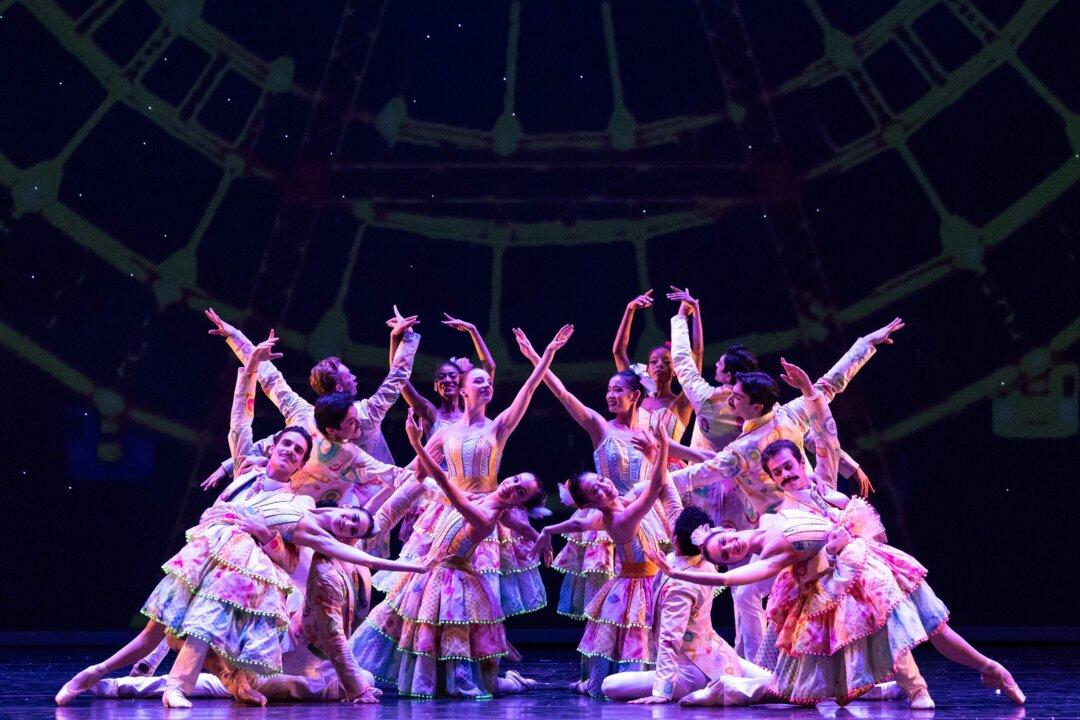Commentary
Many people this holiday season will experience the joy of attending a local performance of “The Nutcracker” ballet by Pyotr Ilyich Tchaikovsky. It’s the most implausible American tradition imaginable, an import from fin-de-siècle Russia straight to your hometown.





